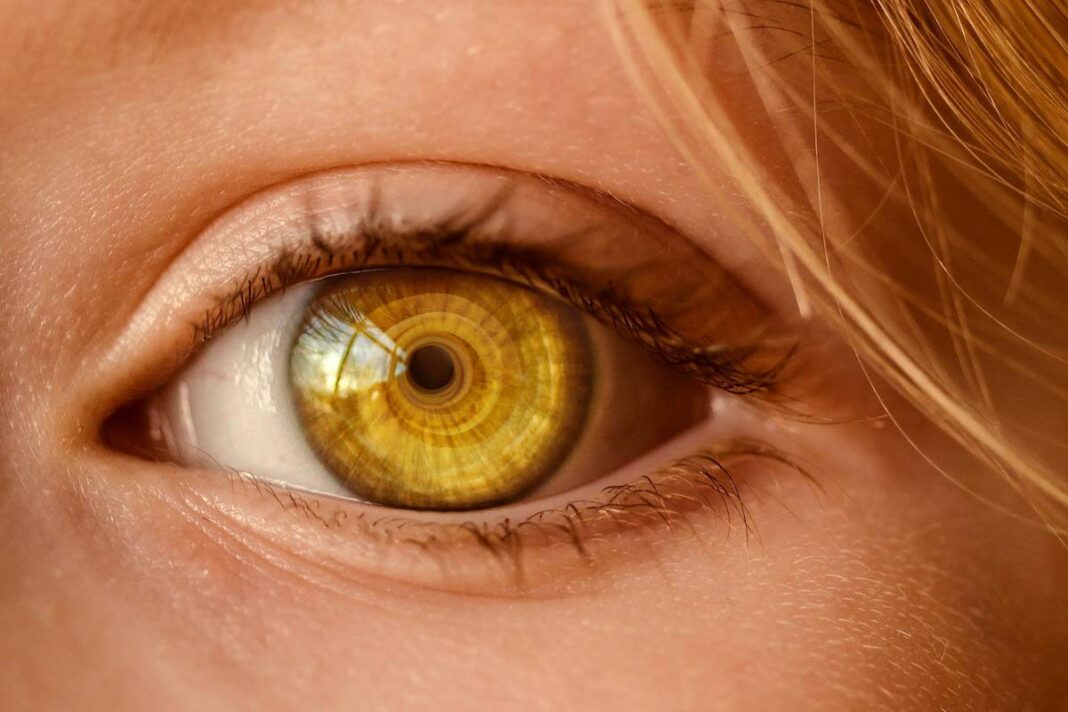Retinal detachment is a severe eye disease that in many cases occurs without prior warning, although it usually presents symptoms that we must know how to recognize before going to the ophthalmologist. As it is painless, an early diagnosis is essential to successfully treat it.
In this blog, we have explained what a retinal detachment is and what are the keys to detecting its symptoms in time.
What happens in retinal detachment?
Retinal detachment consists of a spontaneous separation of the neurosensory retina (inner layers) and the pigment epithelium (outer layer) that causes, as a consequence, the former to run out of blood supply and loss of vision.
To understand it better, you should know what is the retina. Imagine the eye as a globe made up of three layers: the internal or retina, the intermediate or choroid, and the external or sclera.
The neurosensory retina is a thin, transparent nervous structure made up of a series of photosensitive fibres and cells. It covers the inner layer of the eye in the same way that the wallpaper of a room covers the walls and its function is similar to that performed by a photographic film. Light passes through the cornea and lens and is focused on the retina, stimulating the cells responsible for “capturing the image” and transmitting it to the brain through the optic nerve.
Under the neurosensory retina and separated from it by a virtual space, is the pigment epithelium, responsible for the nutrition of the retina and the elimination of waste substances.
Who can suffer a retinal detachment?
The frequency of this pathology in the population is difficult to determine, but it is estimated that it affects one in 10,000 people per year. If we assume a life expectancy of approximately 74 years, the prevalence is 0.7%. There are risk groups that must be taken into account, since most of the cases are grouped into them: highly myopic, above seven diopters, those who present weak areas in the retina or peripheral degenerations, patients with previous eye surgeries and eye trauma.
Retinal detachment can occur at any age, but it occurs more frequently between the ages of 40 and 80, being slightly more common in men than in women, 60% versus 40%. The history of this pathology in one eye is also important since the incidence of subsequent involvement in the other eye is approximately 15%.
There is also a hereditary predisposition, especially due to the presence of weak areas in the retina. For this reason, although most cases are sporadic, family history is an important risk factor.
Almost all detachments are caused by tears in the retina, it is the rhegmatogenous retinal detachment (which comes from the Greek “rhegma”, which means fissure or rupture).
How do these tears occur?
Inside the eye is the vitreous humour, firmly attached to the retina at some specific points. When this degenerates due to age, there is a loss of its volume and, finally, its separation from the ocular wall and the retina is the detachment of the posterior vitreous.
This loss of volume implies condensation inside that the patient can notice as “floaters”, spots or strings (the technical name for these alterations is myodesopsia) and traction in the area of adhesions, which is almost always the peripheral area, constituting a possibility of retinal tear. When the traction of the vitreous on the retina is evident, the patient can see as “flashes” or “lightning” (photopsia).
If a tear occurs, the fluid that makes up the vitreous penetrates under the retina, facilitating its separation and subsequent detachment. The detached area cannot function properly and will cause blurred vision or a blind spot.
However, we must remember that vitreous detachment is a vital process that occurs in all individuals at some point in their lives and, in the vast majority of cases, does not cause any retinal break, although floaters or floaters can be seen. This means that the vision of black dots, shadows or threads, in general, does not have to scare.
They are usually perceived as more pronounced on light backgrounds or on bright days. In addition, it is common to perceive photopsia in dark rooms or with eyes closed. Only when a sudden change occurs in them, the patient should go to his ophthalmologist for a review of the fundus of the eye.
What can the patient who has retinal detachment notice?
Warning symptoms are the sudden appearance of floaters in the visual field or the appearance of flashing lights. Other symptoms are the perception of a wave or veil in your vision or the appearance of a shadow in the lateral areas of the visual field that progresses towards the central area. The development of a detachment will cause blurring of central vision and create significant vision loss if not treated quickly and effectively.
On rare occasions, it can happen suddenly and the patient may experience a complete loss of vision in one eye. A similar effect can also be caused by vitreous haemorrhage, sometimes associated with a retinal tear or detachment.
Retinal detachment does not hurt because there are no pain nerve endings in the retina. For this reason, on rare occasions, it can be asymptomatic and not noticed it until later.
If the retinal detachment is recent, there is no significant loss of central vision, only the visual field. It is when it advances towards the back of the eye (the centre of the retina) that the maximum visual limitation occurs.
How to prevent a retinal detachment?
It is important that people at risk undergo regular check-ups at least once a year. We must also protect all those injuries or tears that may lead to a retinal detachment. Photocoagulation consists of giving a series of laser impacts on all lesions likely to lead to this pathology, since the laser will seal the retina in those areas where it is weakened, creating strong adhesion between the retinal layers. It is a painless process and is performed on an outpatient basis through the pupil.
Also Read:
- Gas Detectors: A Comprehensive Guide
- Slot Gacor: The Ultimate Guide to Winning Big
- Jammu & Kashmir (J&K) Going Full Spectrum
- Kidzania On The Move, Opens ‘Air India Aviation Academy’ For Children At Noida & Mumbai
- Bound to Burst – The Agnipath Bubble
- The Spectre of Terror
~ News4masses is now also on Google news
~ If you want to contribute an article / story, please get in touch at: news4masses[at]gmail[dot]com




























